For anyone with even a passing interest in space, the International Space Station (ISS) is a pretty remarkable object: a compelling and inspiring example of international collaboration that transcends the petty squabbles back here on Earth.
But for young electronics engineer Mike Salter, humanity’s most remote manned outpost has a particular significance, as the giant satellite is now home to two advanced Earth-imaging cameras that he played a major role in developing.
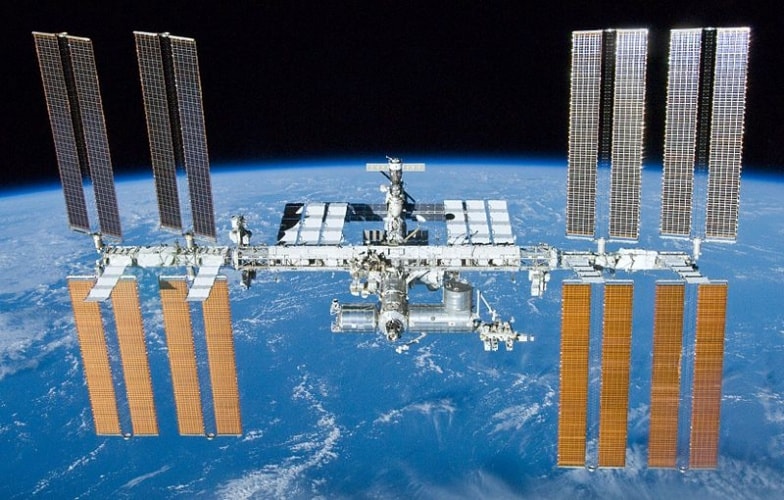
Salter, who works as an electronic design engineer at RAL Space (a department at the Science and Technology Facilities Council’s (STFC) Rutherford Appleton Laboratory in Oxfordshire), explained that the cameras were developed for Canadian firm UrtheCast, which hopes to charge users for access to a unique view of the world.
The two high-resolution cameras - one of which provides 5m per pixel static imagery and the other 1m per pixel video - were launched to the ISS aboard a Soyuz rocket on November 25, 2013 and were installed shortly afterwards.
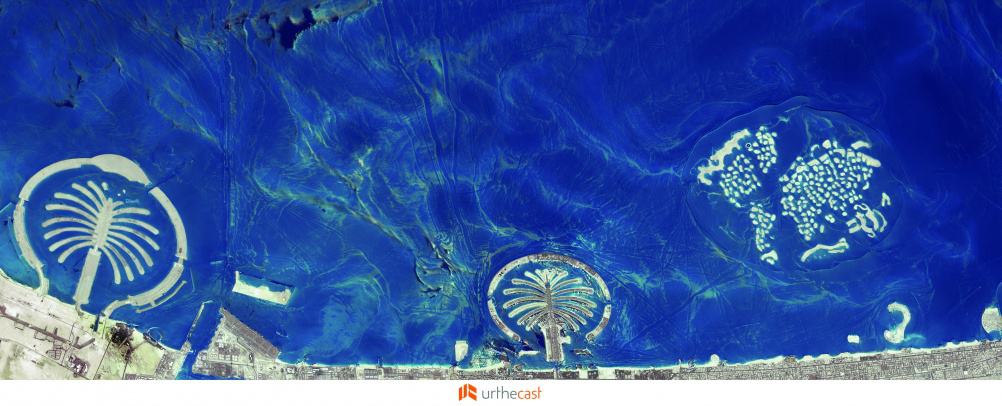
Watching a live stream of this installation was, admits Salter, a pretty exciting start to his career. ‘The first space walk was just after Christmas and I was sat eating mince pies with my mum watching this feed,’ he said. ‘It was fantastic. There was a visible pass of the ISS when they were doing it so I went outside with a compass and was watching it knowing they were clinging to the outside installing the cameras. That was a pretty special moment.’
The development of the cameras was Salter’s first project since graduating and despite encountering what he describes as “a steep learning curve” he says the initiative enabled him to immerse himself immediately in the challenges of developing a payload for space. ‘One of my first jobs was to get really stuck in and involved in the electronic design of these cameras – I was doing PCB layout on the main hi-res cam – it was really great to be involved pretty much from day one’ he said.
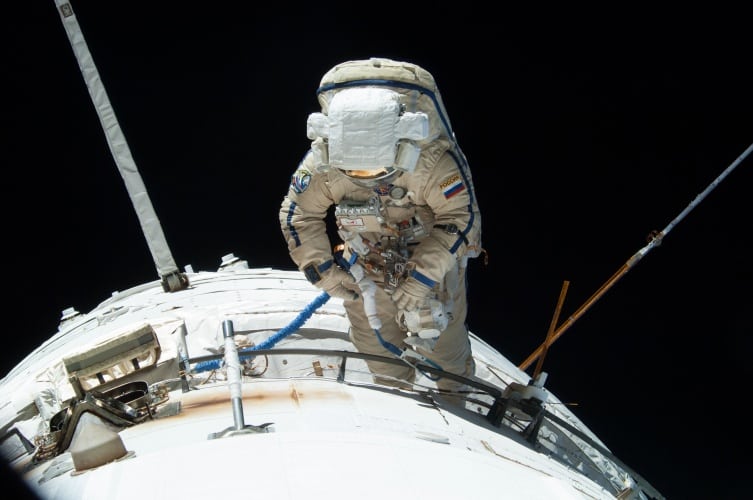
He added that one of the biggest challenges during the project was developing the test systems that would help ensure that the device would perform well in space. Given the high data rates of the cameras (around 800MB per second) capturing the data gathered during these tests was particularly challenging and Salter made innovative use of National Instruments’ LabView software to develop a solution. He recently picked up one of the company’s prestigious “Engineering Impact Awards” for his work on the project.
Salter said that whilst he’s wanted to work in the space industry since he was around 12 or 13, it wasn’t immediately obvious that there were so many opportunities beyond the high-profile firms like Airbus Defence and Space (formerly Astrium), where he completed a placement.
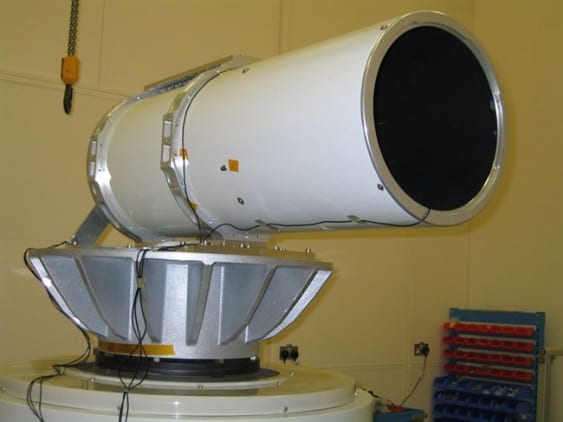
‘Because I was trying to target a niche market careers advisers didn’t have that much advice. I did a space systems course at uni and asked my lecturer there “where does space in the UK?” she mentioned all the ones I’d heard of, but also this little RAL place in Oxfordshire that I’d never heard of. I went on the internet, looked it up, and realised they do a huge amount of cool stuff.’
Salter’s advice for anyone in a similar position is to do as much research and digging around as possible. ‘I went out of my way to get some contacts and try and get some experience and get to know the industry as well. Being aware and proactive is very important. Don’t necessarily go for the obvious opportunities. Have a good rummage around, find out as much as you can, see where you actually want to go.’
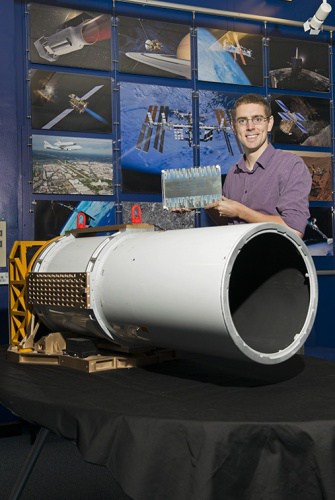
With RAL’s role in the camera project now complete, Salter is turning his attention to a range of other space science initiatives including the World Space Observatory, a Russian-led international effort to develop a new Hubble-class space telescope.
‘I’ve always wanted to be leading really high profile scientific development,’ he said. ‘I have an ambition that I’d really love to have a picture on my wall from Mars or somewhere cool like that from a camera that I’ve built.’
RAL Space is a division of the STFC’s Rutherford Appleton Laboratory, and specialises in designing, building, and testing satellite instrumentation. The department has been involved in more than 200 space missions.
For more student careers news and advice follow us on Twitter and LinkedIn




Glasgow trial explores AR cues for autonomous road safety
They've ploughed into a few vulnerable road users in the past. Making that less likely will make it spectacularly easy to stop the traffic for...